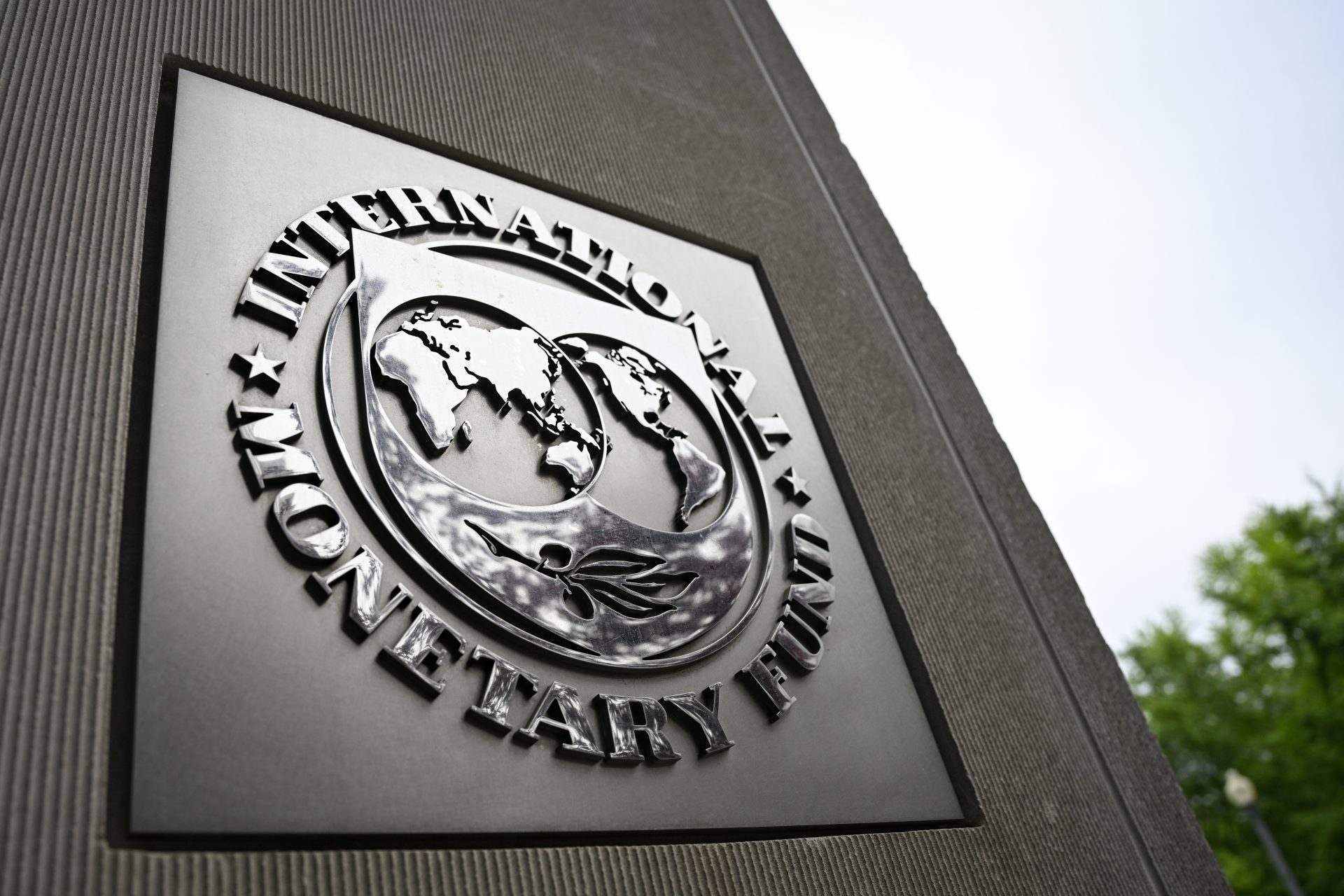What are the latest Covid-19 variants and how do they affect us?
Life seemed to be returning to normal after two years of living under the fear of the Covid-19 pandemic. However, despite loosening restrictions about face masks and disinfectants, the coronavirus isn't over. The virus is still among us, with newer variants that get increasingly harder to fight off.
The number of cases caused by two Omicron subvariants of the disease called BA.4 and BA.5 has increased in recent months. Many experts warn that these are completely different from the ones we already were familiar with, to the point that some experts are already talking about another disease: 'Covid-22'.
Photo: Unsplash - Yoaz Aziz
The World Health Organization (WHO) has warned that these new subvariants are causing new waves of infections, being the source of 33% of infections in Europe. By June, BA.4 and BA.5 were found, respectively, in 58 and 64 countries. They are becoming the most common coronavirus strain worldwide.
Photo: Unsplash - Taylor Brandon
BA.4 and BA.5 were first detected in South Africa, respectively, in January and February 2022. They spread faster than any previous variant, becoming the most common Covid-19 strains at the moment.
Photo: Unsplash - Taylor Brandon
At the end of June, these subvariants were becoming the dominant strain of Omicron. Which, in turn, is responsible for 94% of coronavirus infections around the globe.
Photo: Unsplash - Vladimir Fedotov
According to a WHO report, the countries and territories with the largest rise in cases are Romania (665%), Spain (531%), Kazakhstan (167%), Canada (131%), the Falkland Islands (122%), and Bolivia (110%). These are followed by Italy (61%), Mexico and the Middle East (47%), France and Brazil (37%), Southeast Asia (32%), and Germany (23%).
Photo: Unsplash - Martin Sanchez
The United States had a much lower rate of infections, with an increase of only 5%. However, so far it has the largest number of cases per capita, with more than 700,000 recorded in a single week.
Photo: Unsplash - Towfiqu Barbhuiya
The Los Angeles Times called BA.4 and BA.5 “new ultra-contagious sub-variants of omicron” and noted that, in California, it is generating “growing concerns from health officials that coming weeks could see significant spread and increased hospitalizations”.
Photo: Unsplash - Mufid Majnun
The data provided by a recent UN report shows that, while in Europe cases have risen 33%, the death toll fell 5%. In the Americas, the case is the opposite: infections grew only 14% but Covid-related casualties went up 14%.
Photo: Unsplash - SJ Obijo
The UN has speculated that this difference between the two continents could be a consequence of herd immunity: Places where the two Omicron variants have circulated the most could have naturally evolved protection for those most vulnerable.
Photo: Unsplash - Joshua Fernandez
BA.4 and BA.5, according to the World Health Organization, are the most contagious since the pandemic began due to mutations that allow them to evade immunity.
Photo: Unsplash - JC Gellidon
While BA.4 and BA.5 are nearly identical to each other, BA.5 spreads even faster than its “twin” than all other Omicron variants united, the UK Health Security Agency.
Photo: Unsplash - Prasesh Shiwatoki
This means that it doesn't matter beating coronavirus before or the vaccines in our bodies. Nothing prevents us from getting Covid-22.
Photo: Unsplash - Heike Trautmann
“BA.4/BA.5 certainly is more infectious compared to previous Omicron variants”, Yunlong Richard Cao, an immunologist at the Biomedical Pioneering Innovation Center at Peking University, told National Geographic.
Photo: Unsplash - Lisanto
Research carried out by Cao shows that one of the most worrying features of these variants is Covid-22's capability to evade the immune system and break herd immunity.
It's not all bad news. Scientific journal Nature highlights that, despite being more contagious than previous iterations of the virus, Omicron so far causes fewer deaths and hospitalizations.
Dr. Marcos López Hoyos, president of the Spanish Society of Immunology, explained in an interview that “SARS-CoV-2 produces a viral infection, as if it were a cold, and less aggressive”.
The BA.4 and BA.5 subvariants would cause mild symptoms and overall less fatal than other variants of the coronavirus. However, Hoyos points out that “their rapid ability to spread could affect the most vulnerable populations, leading to more hospitalizations” .
Photo: Unsplash - Mat Napo
López Hoyos points out that “although we hope that the virus will become a viral-type infection, like the flu, it should not be ruled out that at a given moment it could cause an increase in hospitalizations”.
It's also important to keep in mind that although vaccine doesn't fully free us from getting infected, they do protect us and make the symptoms milder and overall the virus less mortal.
“Immunity from current vaccines is still expected to provide robust protection against severe disease, hospitalization, and death”, commented Dan Barouch, an immunologist at Harvard Medical School in Boston, to National Geographic.
Photo: Unsplash - Marek Studzinski
Professor Paul Bieniasz from Rockefeller University in the United States that “if you have vaccinated or had any variant of Covid-19, you will have at least some protection against BA. 4 and BA.5”.
Photo: Unsplash - Adriá Crauhet Cano
However, Bieniasz also warned that this doesn't guarantee full protection and that people shouldn't be overconfident. Particularly keeping in mind those with significant risks, such as the elderly or those with compromised immune systems.
According to López Hoyos, “it is feasible” that a booster shot is necessary every year, as is the case with the flu vaccine.
Photo: Pixabay - Spencer Davies
However, the recommendations from experts remain the same as before: Wear masks, especially indoors, and keep social distance. Those are our best weapons against 'Covid-22'.
Photo: Unsplash - Sarah Kilian
More for you
Top Stories






































